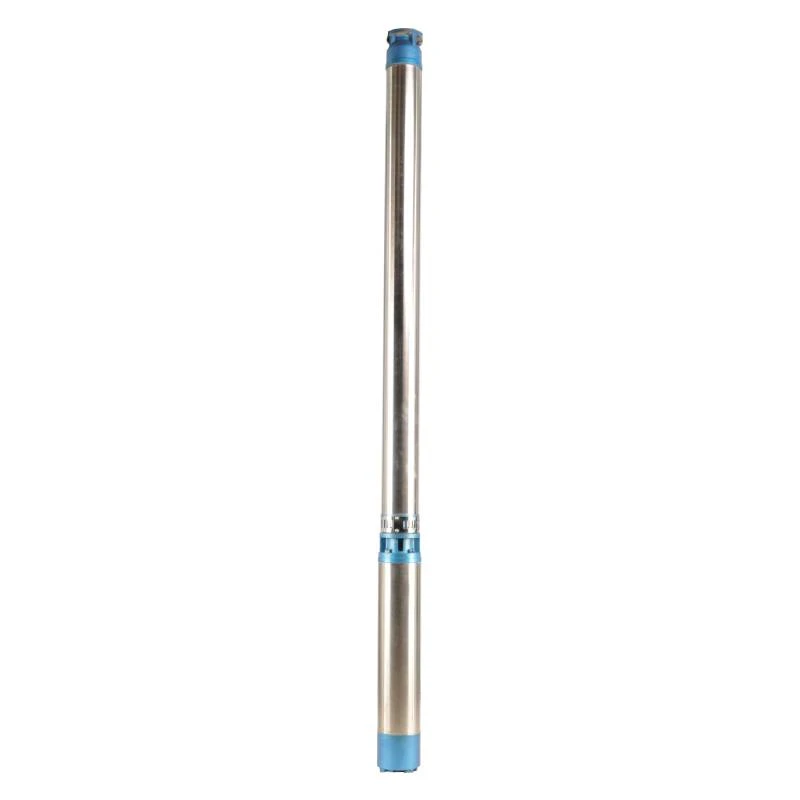Nov . 06, 2024 15:20 Back to list
Submersible versus Pedestal Sump Pumps Which One Is Right for Your Needs
Submersible Sump Pump vs. Pedestal Sump Pump Which One is Right for You?
When it comes to managing water in your basement or crawl space, sump pumps are crucial tools for homeowners facing potential flooding or moisture issues. Among the various types available, submersible and pedestal sump pumps are two popular choices. Each has its distinct features, advantages, and drawbacks that can influence your decision based on your specific needs. In this article, we will delve into the characteristics, benefits, and limitations of submersible sump pumps and pedestal sump pumps, helping you make an informed choice.
What is a Sump Pump?
Before comparing the two types, it’s essential to understand what a sump pump does. A sump pump is a device designed to remove water that has accumulated in a sump basin, commonly found in the basement of homes. They help prevent flooding and protect the structure from water damage by automatically pumping water out of the basin when it reaches a certain level.
Submersible Sump Pumps
Submersible sump pumps are designed to operate underwater. As the name implies, these pumps are submerged in the sump pit, making them less noticeable and quieter during operation. Key features include
1. Design Submersible pumps are compact and less obtrusive since they are installed below the water level. This design helps reduce noise, making them ideal for homes where noise is a consideration.
2. Efficiency These pumps are typically more efficient in moving water. They are capable of handling larger volumes of water, making them suitable for areas prone to flooding.
3. Durability Submersible pumps are often constructed with robust materials that can withstand constant exposure to water, thus potentially offering a longer lifespan.
submersible sump pump vs pedestal sump pump

However, submersible pumps do have some drawbacks. They can be more complicated to install, especially in existing systems, and maintenance can be more challenging as they need to be removed from the pit for servicing.
Pedestal Sump Pumps
Pedestal sump pumps, on the other hand, have a different design. The motor is mounted above the sump basin, with a long shaft extending down into the water. Some key aspects of pedestal sump pumps include
1. Ease of Access Since the motor is above ground, these pumps are easier to access and maintain. Homeowners can quickly reach the motor for repairs or replacements without the hassle of removing the entire unit from the sump pit.
2. Cost-Effective Generally, pedestal pumps are less expensive than submersible pumps. This can be an appealing option for homeowners on a budget.
3. Less Susceptible to Clogs Because the motor is not submerged in water, there’s a reduced risk of clogs or damage caused by debris in the sump basin.
However, pedestal sump pumps do come with some disadvantages. They are typically louder than submersible pumps, as the motor operates above the water level. They also tend to be less efficient at handling large volumes of water, which might be a concern in areas with frequent heavy rainfall.
Making the Right Choice
Choosing between a submersible and a pedestal sump pump ultimately depends on your specific requirements and circumstances. If you have a high water table or live in an area prone to heavy rainfall and flooding, a submersible sump pump might be the better option due to its efficiency and capacity to handle large volumes of water discreetly. On the other hand, if you require ease of maintenance and a budget-friendly solution, a pedestal sump pump could be a more suitable choice.
Regardless of which type you choose, installing a sump pump is an essential step in protecting your home from water damage. It's also prudent to consult with a professional to assess your specific needs and ensure proper installation to maximize the effectiveness of your sump pump.
-
Submersible Water Pump: The Efficient 'Power Pioneer' of the Underwater World
NewsJul.01,2025
-
Submersible Pond Pump: The Hidden Guardian of Water Landscape Ecology
NewsJul.01,2025
-
Stainless Well Pump: A Reliable and Durable Pumping Main Force
NewsJul.01,2025
-
Stainless Steel Submersible Pump: An Efficient and Versatile Tool for Underwater Operations
NewsJul.01,2025
-
Deep Well Submersible Pump: An Efficient 'Sucker' of Groundwater Sources
NewsJul.01,2025
-
Deep Water Well Pump: An Efficient 'Sucker' of Groundwater Sources
NewsJul.01,2025
-
 Submersible Water Pump: The Efficient 'Power Pioneer' of the Underwater WorldIn the field of hydraulic equipment, the Submersible Water Pump has become the core equipment for underwater operations and water resource transportation due to its unique design and excellent performance.Detail
Submersible Water Pump: The Efficient 'Power Pioneer' of the Underwater WorldIn the field of hydraulic equipment, the Submersible Water Pump has become the core equipment for underwater operations and water resource transportation due to its unique design and excellent performance.Detail -
 Submersible Pond Pump: The Hidden Guardian of Water Landscape EcologyIn courtyard landscapes, ecological ponds, and even small-scale water conservancy projects, there is a silent yet indispensable equipment - the Submersible Pond Pump.Detail
Submersible Pond Pump: The Hidden Guardian of Water Landscape EcologyIn courtyard landscapes, ecological ponds, and even small-scale water conservancy projects, there is a silent yet indispensable equipment - the Submersible Pond Pump.Detail -
 Stainless Well Pump: A Reliable and Durable Pumping Main ForceIn the field of water resource transportation, Stainless Well Pump has become the core equipment for various pumping scenarios with its excellent performance and reliable quality.Detail
Stainless Well Pump: A Reliable and Durable Pumping Main ForceIn the field of water resource transportation, Stainless Well Pump has become the core equipment for various pumping scenarios with its excellent performance and reliable quality.Detail
